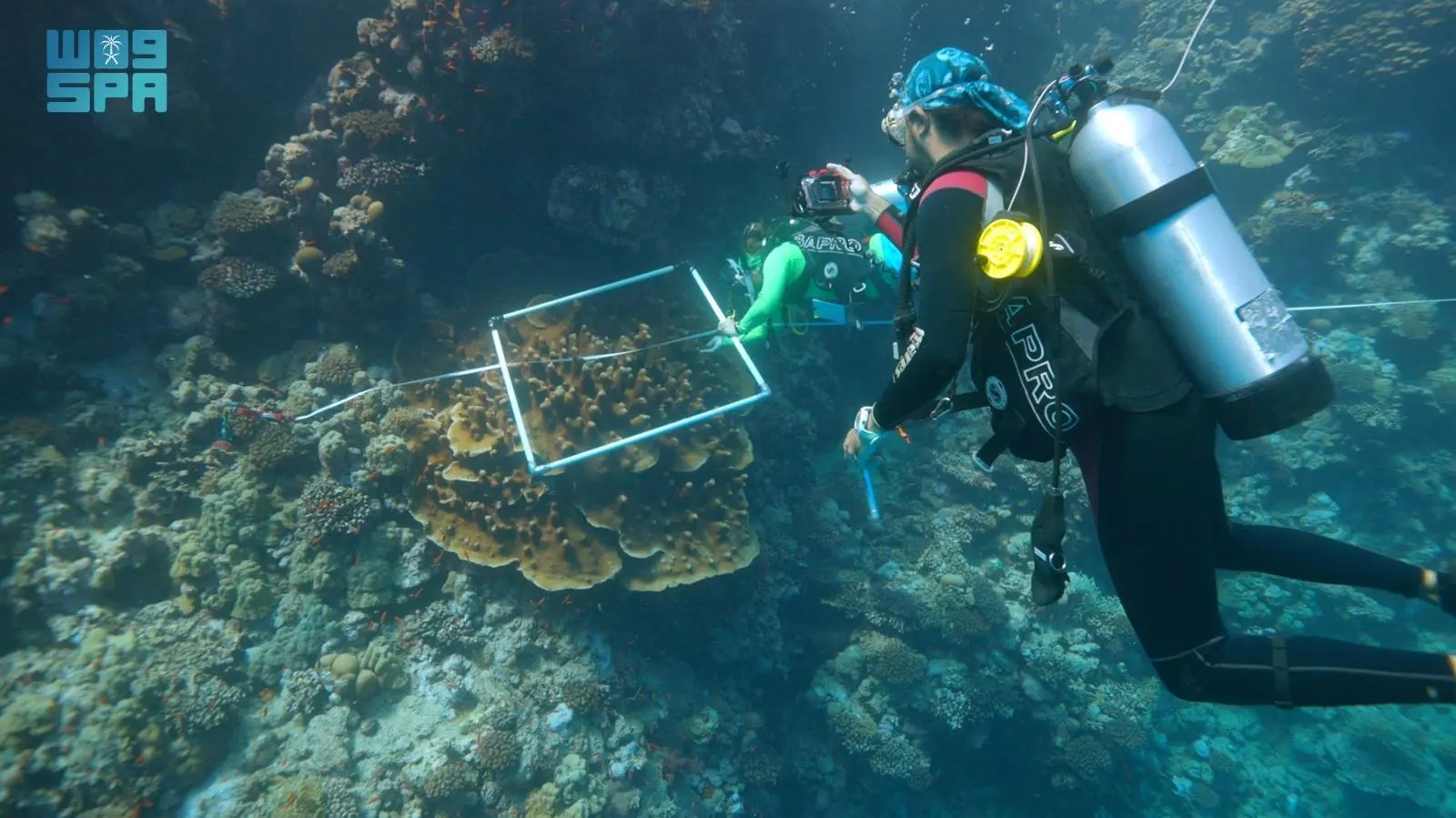
Wildlife Center Announces Genetic Study Revealing Unprecedented Biodiversity in Red Sea
The National Center for Wildlife, in cooperation with King Abdullah University of Science and Technology (KAUST), announced new findings from an extensive study assessing biodiversity in the Red Sea as part of the Red Sea Decade Expedition (RSDE). The study relied on environmental DNA (eDNA) analysis from more than 2,000 water and marine sediment samples collected during the expedition, aiming to build a comprehensive genetic database for one of the world’s most unique marine ecosystems.
The study seeks to enhance understanding of the Red Sea’s ecosystems, including coral reefs, seagrass meadows, and deep-sea habitats, while supporting the center’s efforts to preserve marine environments. The research team used advanced environmental DNA analysis from water and sediment samples, along with high-throughput sequencing techniques, to trace the genetic fingerprints of marine organisms across different areas of the Red Sea.
The study revealed that the distribution patterns of offshore marine communities vary with depth, while coastal communities change according to latitude and environmental factors. The results produced more than 12.8 billion genetic sequences—forming the largest biodiversity database for the Red Sea to date—and identified 1,023 families of eukaryotic organisms and 56 species of chordates, including fish and other vertebrates.
This scientific collaboration between the center and KAUST serves as a key national and international reference, supporting the Kingdom’s efforts to protect the Red Sea’s natural heritage and ensure its sustainability as one of the world’s most vital environmental treasures.








